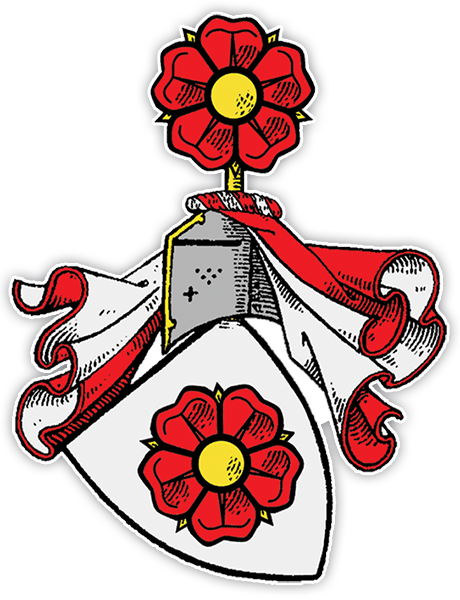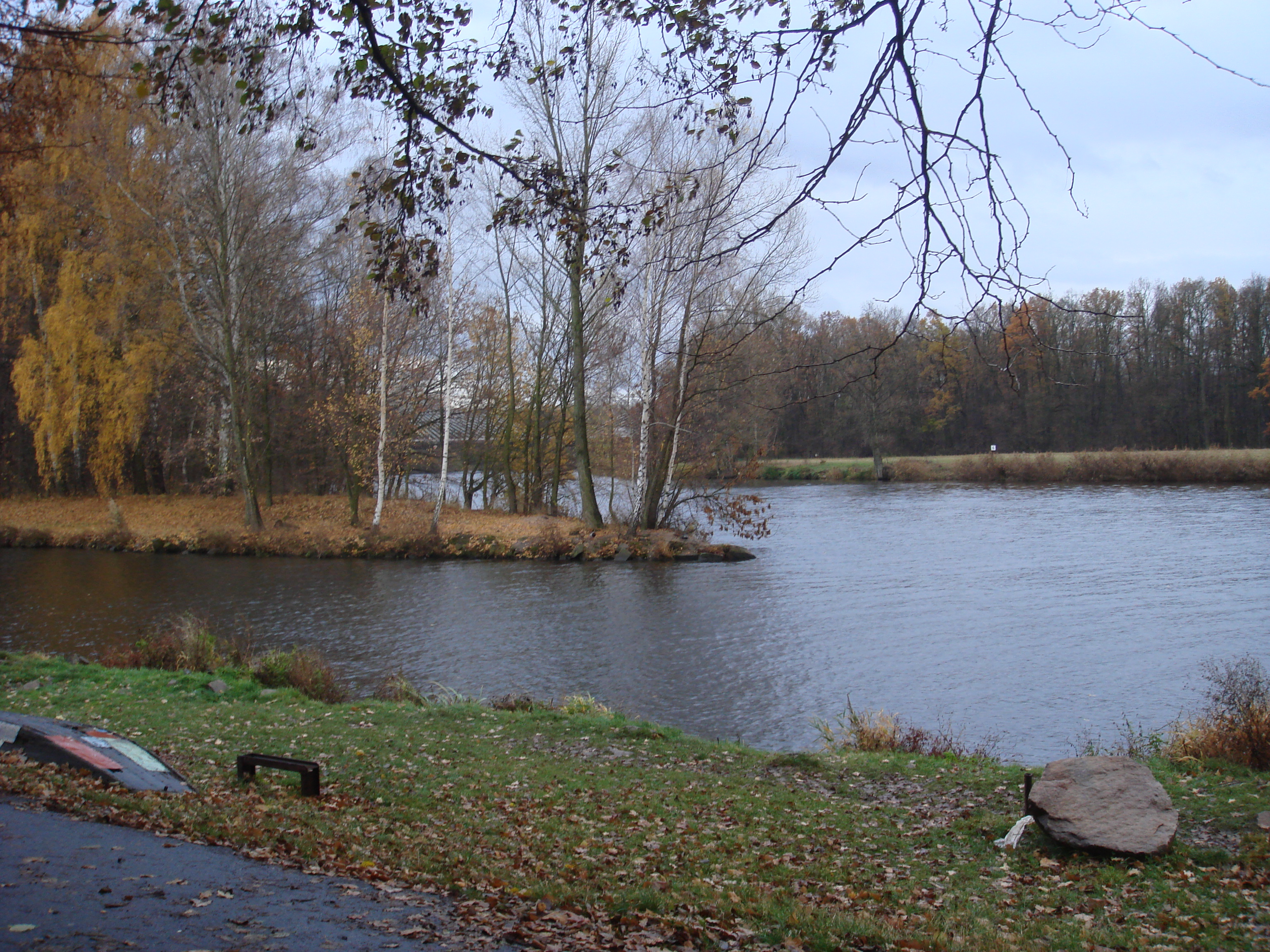|
é§iéƒelice (KolûÙn District)
é§iéƒelice is a municipality and village in KolûÙn District in the Central Bohemian Region of the Czech Republic. It has about 1,900 inhabitants. Administrative division é§iéƒelice consists of seven municipal parts (in brackets population according to the 2021 census): *é§iéƒelice (864) *HradiéÀéËko II (152) *Konáice (405) *Kundratice (36) *Loukonosy (151) *Pod VinicûÙ (78) *Zbraé (10) Etymology The initial name of the village was é§uéƒelice. The name was derived from the personal name é§uéƒel, meaning "the village of é§uéƒel's people". Geography é§iéƒelice is located about northeast of KolûÙn and northwest of Pardubice. It lies in a flat and mostly agricultural landscape in the Central Elbe Table. The highest point is at above sea level. The Cidlina River flows through the municipality. History The first written mention of é§iéƒelice is from 1052, when there was already a church and the village served as a market centre. In 1321, the then owner of é§iéƒelice, Lord Dátoch ... [...More Info...] [...Related Items...] OR: [Wikipedia] [Google] [Baidu] |
Obec
(, ; plural ) is the Czech and Slovak word for a municipality (in the Czech Republic, in Slovakia and abroad). The literal meaning of the word is " commune" or " community". It is the smallest administrative unit that is governed by elected representatives. Cities and towns are also municipalities. Definition The legal definition (according to the Czech code of law with similar definition in the Slovak code of law) is: ''"The municipality is a basic territorial self-governing community of citizens; it forms a territorial unit, which is defined by the boundary of the municipality."'' Every municipality is composed of one or more cadastral areas. Every municipality is also composed of one or more municipal parts (), which are usually town quarters or villages. A municipality can have its own flag and coat of arms. Czech Republic Almost the entire area of the Czech Republic is divided into municipalities, with the only exception being military training areas. The smaller mu ... [...More Info...] [...Related Items...] OR: [Wikipedia] [Google] [Baidu] |
Pardubice
Pardubice (; ) is a city in the Czech Republic. It has about 92,000 inhabitants. It is the capital city of the Pardubice Region and lies on the Elbe River. The historic centre is well preserved and is protected as an Cultural monument (Czech Republic)#Monument reservations, urban monument reservation. Pardubice is known as the centre of industry, which represents an oil refinery or an electronic equipment plant. The city is well known for its sport events, which include the VelkûÀ pardubickûÀ steeplechase in horse racing, the Golden Helmet of Pardubice in motorcycle racing, and the Czech Open international chess and board games festival. Administrative division Pardubice consists of eight Statutory city (Czech Republic)#Differences of statutory city, self-governing boroughs. In addition, Pardubice consists of 27 municipal parts, whose borders do not respect the boundaries of boroughs (in brackets population according to the 2021 census): *Pardubice I (20,928) **''BûÙlûˋ Péedmás ... [...More Info...] [...Related Items...] OR: [Wikipedia] [Google] [Baidu] |
European Route E67
European route E 67 is an E-road running from Prague in the Czech Republic to Estonia and by ferry to Finland. It goes via Prague, Wrocéaw, Warsaw, Kaunas, Paneváéƒys, Riga, Tallinn, Helsinki. The route is known as the Via Baltica between Warsaw and Tallinn, with a distance of . It is a significant road connection between the Baltic states and Poland. The route is mostly an ordinary road, but there are plans to convert it into a motorway or expressway, in Poland called S8 (326 of 379 km completed ) and S61 (178,6 of 235 km completed ). Along the Via Baltica highway, the stretch of European route E67 between Warsaw and Tallinn, a 5G mobile network will be built in order to facilitate self-driving vehicles and expand opportunities for freight carriers. Environmental concerns The Via Baltica attracted great controversy in 2007, as its planned new express road was to take it through several areas in Poland of great natural value. Most controversi ... [...More Info...] [...Related Items...] OR: [Wikipedia] [Google] [Baidu] |
D11 Motorway (Czech Republic)
The D11 motorway () is a motorway in the Czech Republic. It is part of European route E67 ''Via Baltica'' from Prague in the Czech Republic, to Helsinki in Finland, passing towns and cities in Poland, Lithuania, Latvia and Estonia. Three lanes in each direction are planned by 2025 between Prague and Jirny (8 km) and to Podábrady after 2025. Around Hradec KrûÀlovûˋ, the D11 runs in parallel with the D35 (between the Sedlice and the PlotiéÀtá interchanges). History Plans to build a highway connecting Prague and Hradec KrûÀlovûˋ date from 1938. Construction began in 1978, with sections 1101 (Prague-Jirny) and 1102/I (JirnyãBéûÙstvûÙ) put into operation in October 1984. The second oldest section, 1102/II (BéûÙstvûÙãTéebestovice) was put into operation a year later, in October 1985. In 2009, the connecting section of the D35 motorway Sedlice (MûK with D11) - Opatovice nad Labem (MûK with I/37) was put into operation. This significantly accelerated the connecti ... [...More Info...] [...Related Items...] OR: [Wikipedia] [Google] [Baidu] |
Thirty Years' War
The Thirty Years' War, fought primarily in Central Europe between 1618 and 1648, was one of the most destructive conflicts in History of Europe, European history. An estimated 4.5 to 8 million soldiers and civilians died from battle, famine, or disease, while parts of Germany reported population declines of over 50%. Related conflicts include the Eighty Years' War, the War of the Mantuan Succession, the Franco-Spanish War (1635ã1659), Franco-Spanish War, the Torstenson War, the Dutch-Portuguese War, and the Portuguese Restoration War. The war had its origins in the 16th-century Reformation, which led to religious conflict within the Holy Roman Empire. The 1555 Peace of Augsburg attempted to resolve this by dividing the Empire into Catholic and Lutheran states, but the settlement was destabilised by the subsequent expansion of Protestantism beyond these boundaries. Combined with differences over the limits of imperial authority, religion was thus an important factor in star ... [...More Info...] [...Related Items...] OR: [Wikipedia] [Google] [Baidu] |
Hussite Wars
The Hussite Wars, also called the Bohemian Wars or the Hussite Revolution, were a series of civil wars fought between the Hussites and the combined Catholic forces of Sigismund, Holy Roman Emperor, Holy Roman Emperor Sigismund, the Papacy, and European monarchs loyal to the Catholic Church, as well as various Hussite factions. At a late stage of the conflict, the Utraquists changed sides in 1432 to fight alongside Roman Catholics and opposed the Taborites and other Hussite factions. These wars lasted from 1419 to approximately 1434. The unrest began after pre-Protestant Christian reformer Jan Hus was executed by the Catholic Church in 1415 for heresy. Because Sigismund had plans to be crowned the Holy Roman Emperor (requiring papal coronation), he suppressed the religion of the Hussites, yet it continued to spread. When King Wenceslaus IV of Bohemia, brother of Sigismund, died of natural causes a few years later, the tension stemming from the Hussites grew stronger. In Prague ... [...More Info...] [...Related Items...] OR: [Wikipedia] [Google] [Baidu] |
Peter I Of Rosenberg
Peter I of Rosenberg (; died 14 October 1347) was lord chamberlain of the Kingdom of Bohemia, who acted as regent during John of Bohemia's absences at war between 1339 and 1346. He was a patron of VyéÀéÀûÙ Brod Monastery and is thought to have commissioned the Master of VyéÀéÀûÙ Brod altarpiece. In 1316 he married Viola of Teschen Viola of Teschen, later known as Viola Elizabeth (, ) ( ã 21 September 1317), was Queen of Bohemia and Poland by marriage to Wenceslaus III of Bohemia. She was the daughter of Mieszko I, Duke of Cieszyn, by his unknown wife. She was named afte ..., former queen consort (wife of king Wenceslaus III). References 1347 deaths Year of birth unknown Nobility from medieval Bohemia 14th-century people from Bohemia Rosenberg family {{CzechRepublic-hist-stub ... [...More Info...] [...Related Items...] OR: [Wikipedia] [Google] [Baidu] |
Rosenberg Family
The House of Rosenberg ( or ''PûÀni z Roéƒmberka'') was a prominent Bohemian noble family that played an important role in Czech medieval history from the 13th century until 1611. Members of this family held posts at the Prague royal (and later imperial) court, and were viewed as very powerful lords of the Kingdom of Bohemia. This branch of the VûÙtkovci clan was initially founded by VûÙtek III, the son of Witiko of Práice. History Around 1250, the VûÙtkovci clan settled at the Roéƒmberk Castle in the region of áeskû§ Krumlov, then about 1253 erected the áeskû§ Krumlov Castle. The áeskû§ Krumlov Castle thus became the residence of the Lords of Rosenbergs for the next three hundred years. It was the Rosenbergs who influenced the appearance of southern Bohemia to a great extent. The coat of arms and emblem of this family was represented by a red five-petalled rose on a silver field, which is still often seen in a considerable part of southern Bohemia. Peter I of Rosen ... [...More Info...] [...Related Items...] OR: [Wikipedia] [Google] [Baidu] |
Cidlina
The Cidlina () is a river in the Czech Republic, a right tributary of the Elbe River. It originates in the Liberec Region, but flows mainly through the Hradec KrûÀlovûˋ and Central Bohemian regions. It is long. Etymology According to one theory, the name of the river is of Celtic origin and was composed of the words ''sá¨d(o)'' (meaning 'calm' or 'peace') and ''lû´ana'' (meaning 'wet meadow'). According to another theory, the name comes from the Proto-Slavic adjective ''cádlûÀ'', which meant 'clear', 'clean'. Characteristic The Cidlina originates in the territory of Lomnice nad Popelkou in the JeéÀtádãKozûÀkov Ridge at an elevation of and flows to Libice nad Cidlinou, where it enters the Elbe River at an elevation of . About 1.5 km south of the main spring there is the secondary spring of the Cidlina. The river is long. Its drainage basin has an area of . The longest tributaries of the Cidlina are: Settlements The most notable settlement on the river is the town ... [...More Info...] [...Related Items...] OR: [Wikipedia] [Google] [Baidu] |
Central Elbe Table
The Central Elbe Table () is a plateau and a geomorphological mesoregion of the Czech Republic. It is located mostly in the Central Bohemian Region, but due to its size, it also extends to other regions. The axis of the plateau is the Elbe River, after which the territory is named. Geomorphology The Central Elbe Table is a mesoregion of the Central Bohemian Table within the Bohemian Massif. Typical features of the landscape are wide valley floodplains, low terraces, and tectonic and denudation depressions. The plateau is further subdivided into the microregions of Nymburk Basin, áûÀslav Basin, MálnûÙk Basin, Mrlina Table and áeskû§ Brod Table. Due to the nature of the plateau, there are no significant peaks. The highest point is the contour near the village of Radlice within Barchovice at above sea level. The highest peaks are DûÙlce at above sea level, U PûÙsku at and Vinnû§ vrch at . Geography The territory has a predominantly elongated shape from northwest to so ... [...More Info...] [...Related Items...] OR: [Wikipedia] [Google] [Baidu] |
KolûÙn
KolûÙn (; ) is a town in the Central Bohemian Region of the Czech Republic. It has about 33,000 inhabitants. The historic town centre is well preserved and is protected as an Cultural monument (Czech Republic)#Monument reservations, urban monument reservation. Administrative division KolûÙn consists of ten municipal parts (in brackets population according to the 2021 census): *KolûÙn I (1,484) *KolûÙn II (12,755) *KolûÙn III (3,552) *KolûÙn IV (5,218) *KolûÙn V (5,846) *KolûÙn VI (406) *Sendraéƒice (1,641) *é éËûÀralka (81) *é tûÙtary (787) *Zibohlavy (180) Etymology The name KolûÙn probably comes from the Old Czech verb ''koliti'', i.e. "to hammer poles", and is related to the location of Starû§ KolûÙn in the often flooded area at the confluence of the KlejnûÀrka and Elbe rivers. The soil in the vicinity of the confluence was strengthened with the help of wooden poles. Geography KolûÙn is located about east of Prague. It lies in a fertile landscape of the Central Elbe Tabl ... [...More Info...] [...Related Items...] OR: [Wikipedia] [Google] [Baidu] |
Small-leaved Linden
''Tilia cordata'', the small-leaved lime or small-leaved linden, is a species of tree in the family Malvaceae, native to much of Europe. Other common names include little-leaf or littleleaf linden, or traditionally in South East England, pry or pry tree. Its range extends from Great Britain, Britain through mainland Europe to the Caucasus and western Asia. In the south of its range it is restricted to high elevations. Description ''Tilia cordata'' is a deciduous tree growing to tall, diameter 1/3 to 1/2 the height, with a trunk up to diameter. The largest known trunk circumference was a specimen in NûÊrke, Sweden, that measured circumference at chest height. There are lime trees in Germany that are said to be over 1000 years old. The bark is smooth and grayish when young, firm with vertical ridges and horizontal fissures when older. The crown is rounded in a formal oval shape to pyramidal. Branching is upright and increases in density with age. The leaf, leaves are alternately ... [...More Info...] [...Related Items...] OR: [Wikipedia] [Google] [Baidu] |




